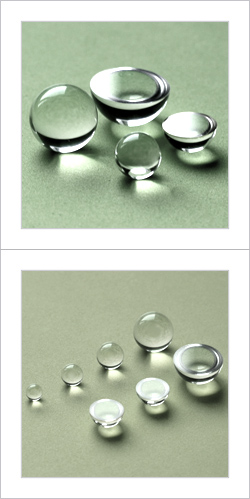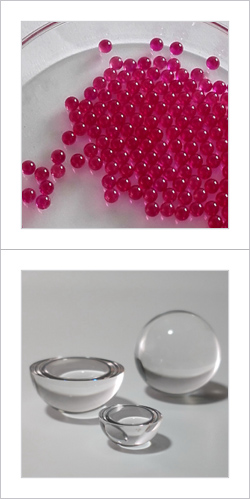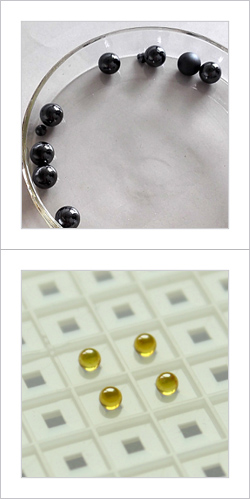Straw does not waste cultivation of edible fungi
“The 'soil' required for the growth of these edible fungi is the abandoned crop stalk around 2000 farmers.†: "Not only that, the bacterium produced after the production of straw for edible fungi is used again for the production of organic fertilizers and flower fertilisers, and abandoned straw is transformed into waste."
Cotton and corn are traditionally cultivated crops in Guangrao County. In the past, cotton stalks and corn stalks were only used as general crop residues, and their “surplus value†was not fully tapped. Nowadays, through the introduction of a standardized edible fungus production line, the county uses straw, corn cob, wood residue, and cotton aphid to make fungus, and produces factory-grade edible fungus. Not only is it efficient, but it also saves a lot of land resources. The 300-acre factory production is equivalent to 30,000 acres of traditional greenhouse cultivation.
After the mushroom is picked, the bacillus has become the main raw material of organic fertilizer, extracted by high-temperature fermentation, accompanied by a certain proportion of inorganic nutrients and various trace elements, and then compounded into organic fertilizer, becoming a greenhouse, vegetables, garlic and other special fertilizers. The stalks that used to burn fire, feed cows, and feed to pigs' nests now bring abundant income to farmers. "Using the organic fertilizer made from bacterium, the grown vegetables not only have good growth but also have a significant increase in quality."
Small ball lenses are widely used to couple optical fibers and semiconductor lasers, or another optical fiber, or light detectors.
The small ball lens is much smaller than the normal lens, and the whole is polished, so be careful when using it. However, it can reduce the size and weight of the device.
Can be divided into two types of small ball lenses without coating and anti-reflection coating. The anti-reflection film is a single-layer MgF2 film, corresponding to three wavelength bands: 400-700 nm, 700-900 nm and 1300-1550 nm.
The design wavelength of the lens is 587.6nm (yellow helium line [d line]).
Ball lenses feature short back focal lengths to minimize the distance needed from the ball Lens to the optical fiber. Ball lenses are commonly used to improve signal quality in fiber coupling applications, or for use in endoscopy or bar code scanning applications.
Half-Ball (hemispherical) lenses are ideal for applications such as fiber communication,endoscopy, microscopy, optical pick-up devices,and laser measurement systems.
Fused Silica Ball and Half-Ball Lenses:
(From 200nm to 2.2μm)
1,Excellent UV Transmission
2,Low Coefficient of Thermal Expansion




H-K9L Ball Lens,N-Bk7 Ball Lens,H-K9L N-Bk7 Ball Lens,High Precision Ball Lens
ChangChun Worldhawk Optics Co.,Ltd , https://www.worldhawk-optics.com
